Grasslands
Grasslands are vast areas covered with grasses and small plants, but with few trees. They are found on every continent except Antarctica and vary in size from small patches to large plains. Grasslands are also known as prairies, steppes, savannas, and pampas.
Characteristics of Grasslands
- Grasslands are dominated by grasses and other herbaceous plants, with few trees and shrubs.
- They are generally flat or gently rolling landscapes.
- Grasslands are located in areas with moderate rainfall, but not enough to support forests.
- They experience hot summers and cold winters.
- They are home to a diverse range of wildlife including grazing animals like bison, zebras, and antelopes, as well as predators like wolves and big cats.
Types of Grasslands
There are two main types of grasslands:
- Temperate Grasslands: Found in the interiors of continents and have distinct seasons with hot summers and cold winters. Examples include the prairies of North America and the steppes of Eurasia.
- Tropical Grasslands: Also known as savannas, these grasslands are found near the equator and have warm temperatures year-round. Examples include the African savannas.
Importance of Grasslands
Grasslands are important for several reasons:
- They provide grazing areas for livestock.
- They are home to diverse plant and animal species.
- They help maintain healthy soil and water systems.
- They play a role in carbon sequestration and climate regulation.
Study Guide
To study grasslands, consider the following questions:
- What are the main characteristics of grasslands?
- How do temperate grasslands differ from tropical grasslands?
- What are the ecological roles of grasslands?
- What are some of the key plant and animal species found in grasslands?
- How do human activities impact grassland ecosystems?
[Grasslands] Related Worksheets and Study Guides:
.◂Science Worksheets and Study Guides Kindergarten. Weather
Coloring Worksheet Calendar
Calendar  Coloring Worksheet
Coloring Worksheet Calendar
Calendar  Coloring Worksheet
Coloring Worksheet Day and Night
Day and Night  Coloring Worksheet
Coloring Worksheet Day and Night
Day and Night  Coloring Worksheet
Coloring Worksheet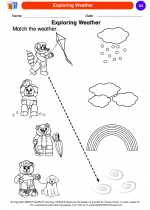 Exploring Weather
Exploring Weather  Coloring Worksheet
Coloring Worksheet Exploring Weather
Exploring Weather  Coloring Worksheet
Coloring Worksheet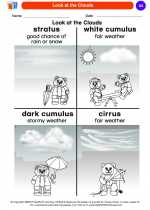 Look at the Clouds
Look at the Clouds  Coloring Worksheet
Coloring Worksheet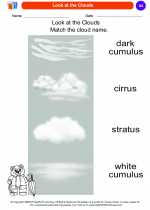 Look at the Clouds
Look at the Clouds  Coloring Worksheet
Coloring Worksheet Moon & Stars
Moon & Stars  Coloring Worksheet
Coloring Worksheet Moon & Stars
Moon & Stars  Coloring Worksheet
Coloring Worksheet Natural Events
Natural Events  Coloring Worksheet
Coloring Worksheet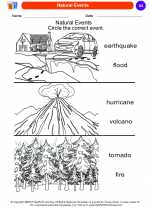 Natural Events
Natural Events  Coloring Worksheet
Coloring Worksheet Sun and Shadows
Sun and Shadows  Coloring Worksheet
Coloring Worksheet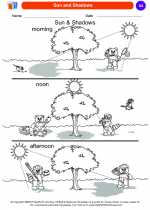 Sun and Shadows
Sun and Shadows  Coloring Worksheet
Coloring Worksheet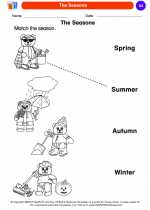 The Seasons
The Seasons  Coloring Worksheet
Coloring Worksheet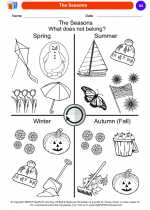 The Seasons
The Seasons  Coloring Worksheet
Coloring Worksheet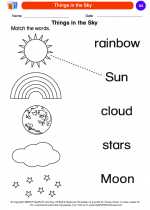 Things in the Sky
Things in the Sky  Coloring Worksheet
Coloring Worksheet Things in the Sky
Things in the Sky  Coloring Worksheet
Coloring Worksheet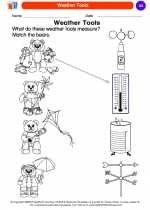 Weather Tools
Weather Tools  Coloring Worksheet
Coloring Worksheet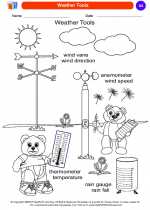 Weather Tools
Weather Tools 

 Coloring Worksheet
Coloring Worksheet
 Coloring Worksheet
Coloring Worksheet
 Coloring Worksheet
Coloring Worksheet
 Coloring Worksheet
Coloring Worksheet
 Coloring Worksheet
Coloring Worksheet
 Coloring Worksheet
Coloring Worksheet
 Coloring Worksheet
Coloring Worksheet
 Coloring Worksheet
Coloring Worksheet
 Coloring Worksheet
Coloring Worksheet
 Coloring Worksheet
Coloring Worksheet
 Coloring Worksheet
Coloring Worksheet
 Coloring Worksheet
Coloring Worksheet
 Coloring Worksheet
Coloring Worksheet
 Coloring Worksheet
Coloring Worksheet
 Coloring Worksheet
Coloring Worksheet
 Coloring Worksheet
Coloring Worksheet
 Coloring Worksheet
Coloring Worksheet
 Coloring Worksheet
Coloring Worksheet
 Coloring Worksheet
Coloring Worksheet

The resources above cover the following skills:
EARTH AND SPACE SCIENCE (NGSS)
Earth’s Systems
Students who demonstrate understanding can:
Use and share observations of local weather conditions to describe patterns over time.